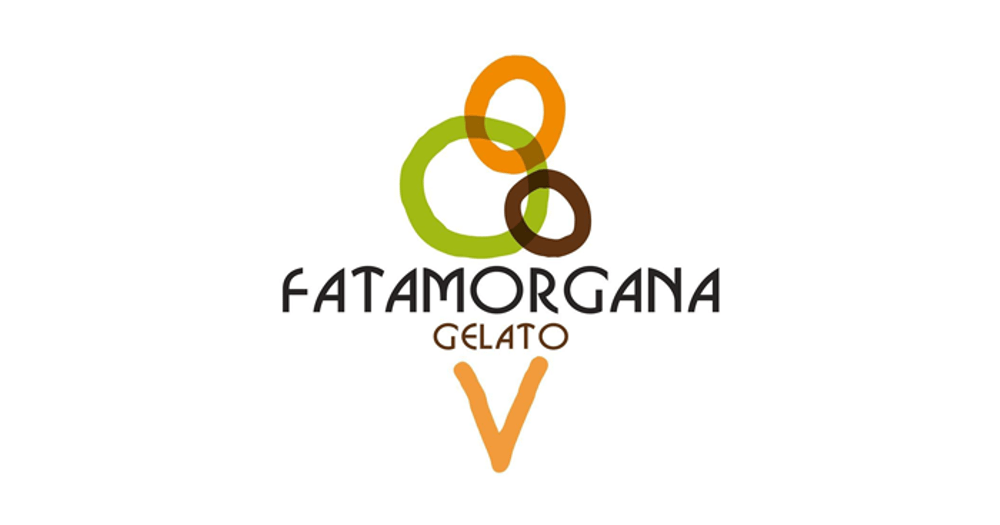The Hot Spot Roman Gelato Expedition – July 2023
It isn’t easy to imagine that it’s been nearly a quarter of a century since we started to churn ice cream at home every day. Fortunately or unfortunately, as the case may be, Ice Cream has not seen much innovation in the last century. There have been no revolutions or discoveries over the last century, just modifications and alterations. Major innovative steps have been far and infrequent, with the arrival of Chocolate Chip as a flavour being heralded as the biggest thing in ice cream when it happened.
There was another lull until the 1970s when innovators like Steve Herrel helped create a new wave of innovation by blending smashed candies and other goodies into their ice creams on an ice-cold marble slab to keep the ice cream from melting. The last big step in commercial ice cream in North America has been the invention of Cookie Dough as a mix-in, and in recent times the “salted” thing is in, but there hasn’t been much that could be termed innovation. Cones have improved from the hideous cardboard-like cones of years gone by to much tastier sugar cones of the coated variety.
With commercial ice cream dominated by factory-produced ice cream of the highest quality, the rest of the world, not supported by Multi-National Corporations and Big Bucks, has had to follow a love for their product and lean on the few but telling advantages that freshly churned ice cream will always enjoy over its commercial counterpart. The taste, texture, feel, and dynamism of ice cream can never be matched by factory-produced ice creams that are laced with emulsifiers, stabilisers, gum, lecithin and the like to keep them tasting as close to fresh ice cream as possible even though they never reach their customer as anything remotely “fresh”. Check the fine print of any commercial ice cream, including some of our favourites, Ben & Jerry’s and Haagen Dazs. You will find those odd names of substances added to the product to soften it and maintain its consistency over time. The difference between Long-life milk Vs fresh milk comes to mind.
One reason Italian Gelato Style Ice Cream has seen a surge lately among those who consider Ice Cream as a real, grown-up food rather than a children’s distraction. Most Gelateria’s have earned their reputations based on the purity of their ingredients and techniques and some basic ethics they stand by. One is avoiding anything other than natural fresh ingredients and never using preservatives, stabilisers, emulsifiers and such added extras to try to give their ice cream any help. The highest quality Ice Cream or Gelato makers will never touch artificial colouring, lecithin, or gum. Some of the finest Gelato makers of Rome refuse to serve their product in a cone despite the Instagram age. Their perfectly understandable reasoning is that the cone’s taste obstructs the experience of the ice cream. The cone mars the subtleties of the ice cream experience, so they refuse to serve cones as a mark of respect to their ice cream or Gelato or whichever language you wish to use.
This brings us to whether Gelato is Ice Cream and is Ice Cream, not Gelato. The answer is a simple YES. They both are just slightly different versions of ice cream.
Gelato in Italian means “Frozen”. The differences generally are that American brands tend to have a less dense ice cream that is more aerated and is also what we typically eat on a scoop. It is soft and firm, unlike Gelato, which is soft and much more pliable and difficult to eat on a cone as it tends to melt very quickly. Gelato will be less aerated, denser and much softer than the US Parlour style ice cream of the Ben & Jerry’s, Cold Stone Creamery and Haagen Dazs Kind. However, both are also dense and rich and perhaps as much so as Gelato; however, they will never be served as soft as Gelato is. The techniques of preparation are identical. Only the ingredients and the density and softness are areas apart. Gelato, Parfait, Ice Cream, Frozen Custard and Kulfi all fall under the umbrella of Frozen Desserts. So do Sorbet and Granita and other regional variants of the world’s most adored dessert.
Some of the most discerning Gelato shops refuse to sell ice cream that isn’t made the same day and will never sell leftover ice cream the next day. This is a far cry from American brands with buckets of ice cream that they use for days until the bucket runs out. Sometimes days, sometimes weeks. These ice creams have ingredients besides Dairy that allow them to maintain their texture despite long periods. Think preservatives.
The Gelato shop that refuses to sell its remaining ice cream the next day because it insists on serving only FRESH Gelato will never need to contain anything but pure Dairy or fruit products for their product. They will never resort to stabilisers and other hidden non-dairy ingredients. Using preservatives and other “small print” Non-Dairy ingredients is the domain of the commercial Ice Cream Manufacturers you will find on your supermarket shelves. Ever wonder why you never find Gelato in a supermarket freezer?
Genuine Gelato cannot stay in a freezer and remain Gelato unless artificially kept soft – only achieved using those “hidden ingredients”. Anyone claiming to sell true Gelato from a supermarket freezer is pulling a fast one!
The Hot Spot has been around for over two decades now, but the process of learning never stops. The method of trying new things out and learning from others, appreciating the craft of others is a guiding light. With this thought in mind, the original Hot Spot team of Mariam, Ali and Omar are making an Ice Cream/Gelato Pilgrimage to Rome for a week to meet with and share ideas (hopefully) with some of the people who run the finest Gelato outlets in Rome and who have earned a reputation for their product in the Ice Cream capital of the Universe.
Watch this space for our thoughts on the Gelato we sample on the trip, and later let’s see how many of you can tell if we have implemented any changes at The Hot Spot after this whirlwind Gelato Tour of Summer 2023.
Here is a list of the essentials of this particular gastronomical learning expedition:





















